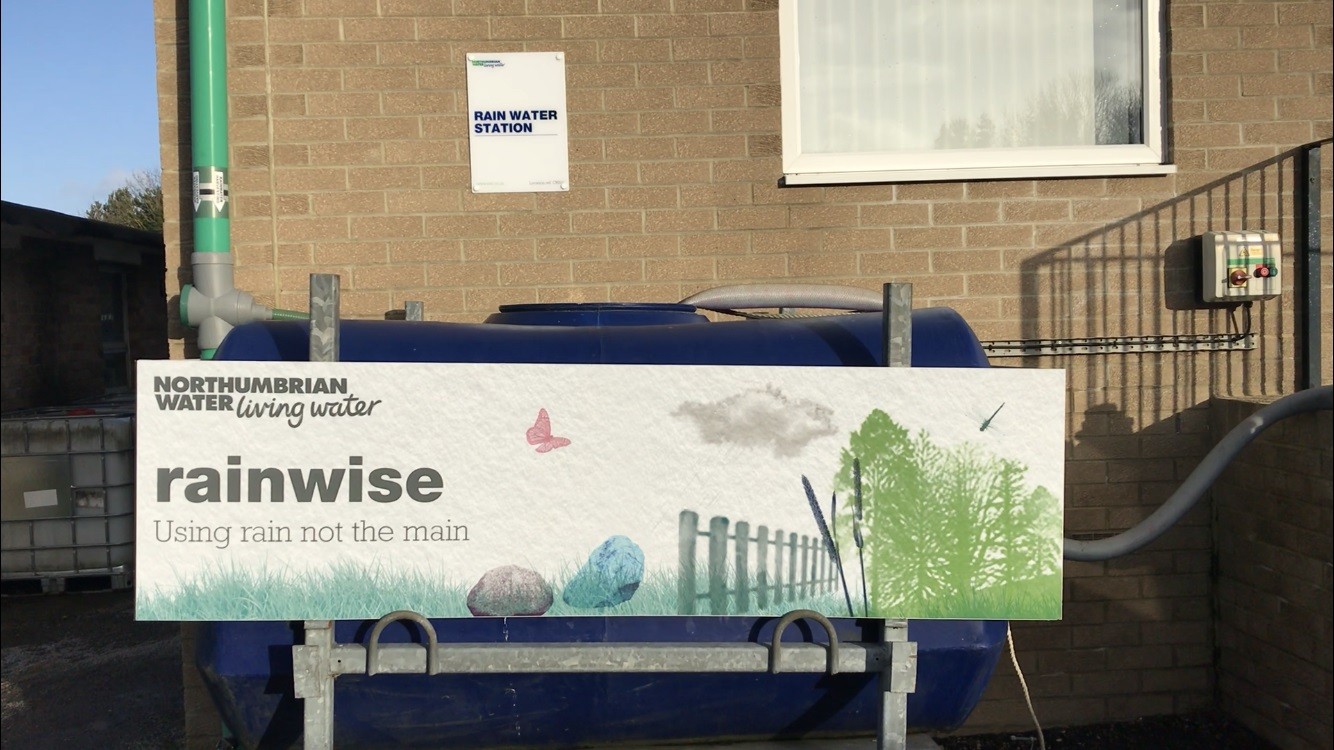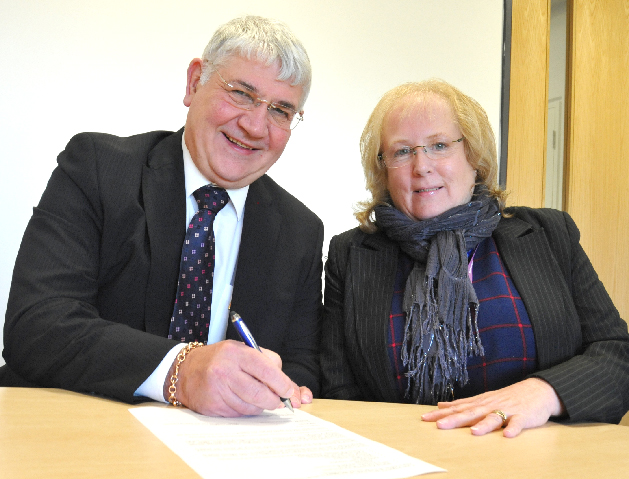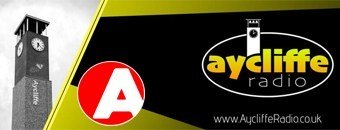Members of Durham County Council’s Cabinet will hear next week (September 12) how the authority could tackle the major changes the Government is proposing regarding council tax benefits.
Like all local authorities, the county council must introduce a Local Council Tax Support System ready for April next year to coincide with the abolition of the current national council tax benefit scheme. The new system will replace benefit payments with discounts to those who qualify, but will see the Government’s grant to local authorities to fund these discounts reduced by 10 per cent.
In addition Whitehall has set out a number of criteria which include ensuring that all pensioners entitled to council tax benefit are fully protected. Currently 50 per cent of the people entitled to council tax benefit in County Durham fall within this category.
It’s a scenario which potentially leaves the council (and its precepting bodies such as the police and fire services) with a funding shortfall of £5.5m*. One option to bridge the funding gap would be to reduce the amount of council tax benefit people of working age are entitled to. However, given the particular needs of County Durham and the areas of deprivation, Cabinet members are being recommended to look elsewhere to try and find a solution.
As a result it is proposed that, subject to consultation, members agree to protect the county’s most vulnerable residents by continuing with the current level of payment to those entitled to the benefit for an initial one year period.
The Cabinet member for resources is Cllr Alan Napier. He said: “In the current economic climate we face many extremely difficult decisions but this is potentially one of the toughest yet.
“Despite the very tight timescales considerable work has been undertaken to see how we can protect many of our most vulnerable residents. If we choose to recoup the lost grant by reducing benefit entitlement for people of working age we could leave some people even worse off and ourselves with increased difficulties in collecting council tax.
“Therefore I am suggesting we stick to the current level of support for a one year period and find other ways to generate income to bridge the spending gap.
“It could be that this approach is not sustainable in the longer term but I think it is important that we try this initially, while we learn more about the wider changes planned for Welfare Reform and learn from experiences elsewhere.”
One way the authority could potentially make up the £5.5m shortfall would be to utilise planned changes in the law regarding the right of local authorities to cut, and in some cases remove, council tax reductions on certain empty homes and unfurnished properties.
It’s estimated that these changes, to be introduced by Government in April 2013, could mean that the council could collect greater amounts of council tax from a range of long term empty and second homes, which would also help to bring these houses back into use.
Cabinet members will consider the report and its recommendations at a meeting at Green Lane in Spennymoor on September 12. The council is obliged to have designed, consulted on and agreed its Local Council Tax Support Scheme by January 31, 2013. As such members will be asked to approve the start of a public consultation exercise on the proposed scheme to start on September 13. Details on how to take part will be available from that date on the council’s website by clicking the ‘Have Your Say’ option.
The full paper is available to view on line at http://democracy.durham.gov.uk/ieListDocuments.aspx?CId=154&MId=4539&Ver=4









